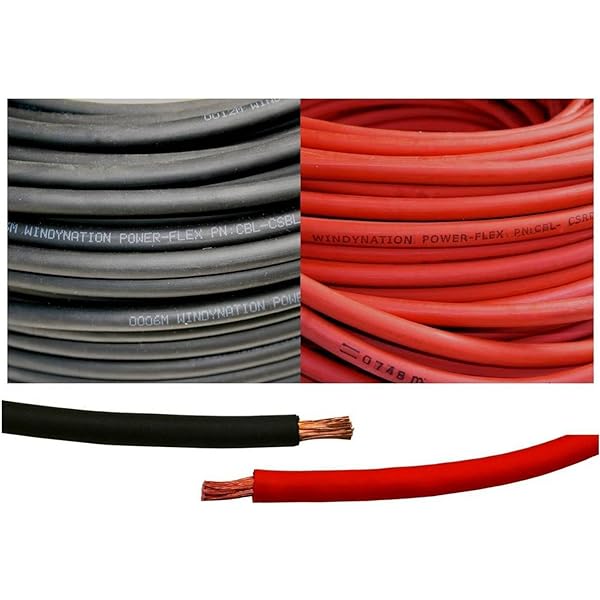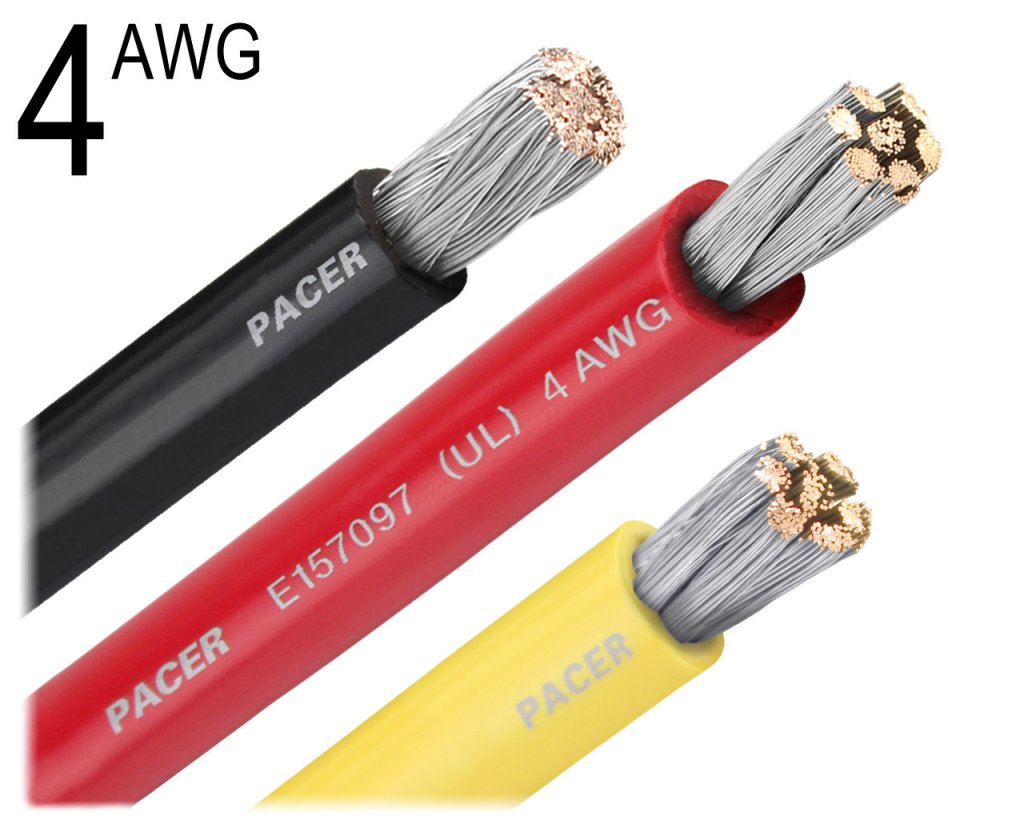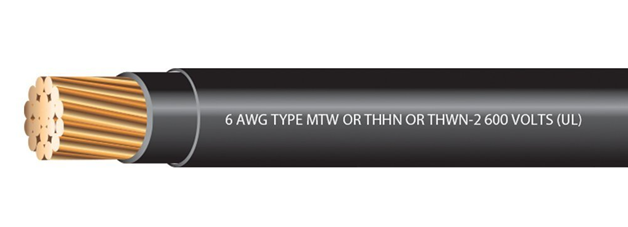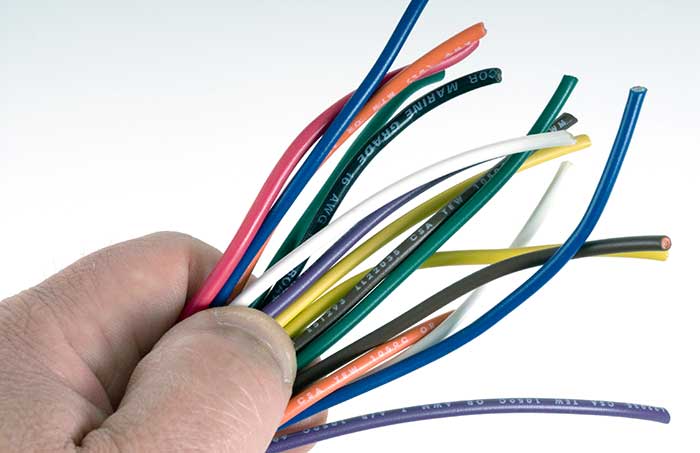The physical size and the current carrying capacity of the wire are called wire gauges. These wire gauges are given a fixed numerical position, which is inversely proportional to the conductor’s diameter. It is important to be aware of the sizes of the cable to make sure that it is carrying a stable amount of current safely and securely. The rank of the gauges also tells the wire’s resistance and weight per unit length.
American wire gauge standards begin from 0000 to 40. The demand in most household and commercial settings starts from the range of 2 or 3 to 14.
Understanding the gauge of the wire can come in handy in an industrial, commercial, or household setting because it helps you to determine whether it is suitable for a specific application.
Different Wire and Its Gauges

Different wires with different thicknesses or gauges are suited for different purposes. Craft wire is thin, which can support bending, twisting, and other forms of craft work. The thickness of the wire has a direct effect on its electrical properties, which include resistance and its capacity to carry load. Selecting an electrically conductive wire for a certain application gauge is an important factor to be considered carefully.
To find the right kind of gauge, there are certain factors concerned. For example, electrical circuits that have a higher amperage rating need thicker wires to accommodate the load without undergoing excessive heating. On the other hand, wires that are too thin compared to the circuit amperage can lead to ignition or wire failure. To prevent these issues, it is important to determine the total amperage of the system. This is done by calculating the effects of the specified load, the connected load, and the circuit’s length and then choosing a wire that is perfectly suitable for it.
Understanding 4 AWG and 6 AWG Wire
4 AWG Wire

- 4 gauge wires are considerably thick wires that are not usually used in residential settings but are quite common in light industrial settings and applications that require currents in the 50 amp breaker wiring diagram to 60 amps range. 4 gauge wires differ in the material and construction along with ampacity and a few other details, making it very crucial to choose the perfect 4 gauge wire. AWG wire may be made of either solid or stranded wire and could be composed of pure copper, aluminum, copper-clad aluminum, and other materials that are rarely in use. The diameter of a 4 gauge wire is 5.1894 mm, 0.2043 inches. Its cross-section is 21.1506 mm² 0.0328 inches².
- 4 AWG 50-foot-long copper wire, under appropriate conditions, can handle 50.90 amps with the maximum suitable surface temperature of @60° C / 140° Fahrenheit.
- A 4 gauge wire is found to be used in applications that suitably handle 50 to 60 amps maximum and are rarely used in residential applications. They are used in cables for electric welding, electric trolling motors, battery wires, etc.
6 AWG Wire

- The physical dimensions of a solid 6 gauge wire are 4.1154 mm, 0.1620 inches in diameter, and its cross-section is 13.3018 mm² 0.00206 inches². 6 gauge wire can be made using aluminum, which is lighter than copper but also has higher electrical resistance. Copper-clad aluminum (CCA) leads wires that are lighter than copper wires but better in conductivity than Aluminium. Stranded wires are easier to work with and have a diameter larger than solid copper wires.
- 6 gauge wires are found to be used in marine, residential, and industrial settings where there is a need for medium-sized wire to allow the safe transfer of plenty of energy without any loss. Since the requirements of such specific applications are different, the 6 gauge wires also differ in the insulation material, wire construction, and others. 6 gauge and larger wires are usually found to be used in the battery and starting systems of motor vehicles.
- Other common uses tend to be in installing large home appliances such as hot tubs and jacuzzis. 6 gauges are used for cooktops and other rangers that carry 40 to 50 amps.
Final Thoughts
The analysis above determines that the larger the cross-section of a wire, the lesser the resistance. Similarly, the larger the cross-section, the greater the amount of amperage that the wire can carry without any problems with overheating compared to the one with a large gauge.
Therefore, a lower AWG number is more suitable than AWG. The current carrying capacity of a wire is to be considered. If the wire used is too small, then the wire may face problems of overheating, fire, or melting. Similarly, larger wires use more metal and hence are more expensive.
Frequently Asked Questions
Is There a Major Difference in Thickness Between a 4 AWG and a 6 AWG?
The 4 AWG is relatively thicker than the 6 AWG. The factor determining this is that the smaller the gauge number, the thicker the cable.
Is 6 AWG Rated for 60 Amps?
A 6 AWG can suitably handle 65 amps. A 4 AWG can safely handle 85 amps, which is enough ampacity to appropriately wire a 60 amp breaker, even according to the 80% breaker rule by the NEC.
Can a 4-gauge Wire Carry 100 Amps?
4 gauge copper wires are best suited for 70 amp circuits. 4 gauge copper wires are used for 80 amps and 1 gauge wire for a 100 amp service.

